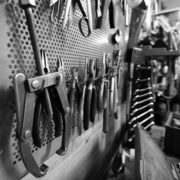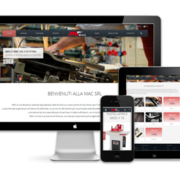News detail

The Italian leather supply chain in 2024
30-12-2024
According to data from Confindustria Accessori Moda, representing the supply chain through associations like Assocalzaturifici, Assopellettieri, Unic, and Aip, the total revenue reached €30.1 billion, reflecting an 8.1% decrease compared to 2023.
Critical Factors Impacting the Sector
The contraction results from several economic and geopolitical factors:
Global Instability: International tensions continue to affect key markets such as China and Germany.
Credit Access: Difficulties in obtaining financing hinder the investments needed for innovation and growth.
Export Slowdown: In the first nine months of 2024, exports dropped by 8.5%, totaling €16.7 billion.
Despite the challenging context, markets like Spain (+9.1%) and Poland (+4.6%) have shown growth, demonstrating that positive opportunities can arise even in a tough environment.
Decline in Industrial Production
According to the Istat industrial production index, the Ateco category for leather workers recorded a significant 16.1% decline in the first nine months of 2023, a trend that continued into 2024. A temporary increase in August (+2.2%) was offset by a sharp contraction in September (-19.6%).
Employment and Active Companies
The sector lost approximately 4,800 jobs in the first nine months of 2024, representing a 3.3% decrease. Meanwhile, the number of active companies fell to just over 10,000, a 3.2% reduction compared to 2023 (330 fewer businesses).
The use of social safety nets increased significantly. In the third quarter, 35.9% of companies resorted to wage guarantee funds, up from the previous quarters. Overall, 26 million hours of wage guarantee funds were granted in the first nine months of 2024, a 139.4% increase compared to the same period in 2023.
The Role of Confindustria Accessori Moda
Giovanna Ceolini, president of Confindustria Accessori Moda, highlighted the importance of support measures to help companies overcome this critical phase. Recent initiatives, such as extending wage guarantee funds to the entire fashion sector and proposing a review of loan repayment deadlines from the Covid crisis, represent essential steps to sustain the industry.
Future Prospects
Despite difficulties, the Italian leather sector remains a cornerstone of "Made in Italy." To tackle future challenges, companies should focus on:
Innovation: Implementing advanced technologies to improve efficiency and sustainability.
Market Diversification: Expanding presence in areas with higher growth potential.
Brand Promotion: Strengthening the reputation of "Made in Italy" through targeted marketing campaigns.
To learn more about our activities in the leather sector and discover the solutions we offer to support businesses,contact us.










